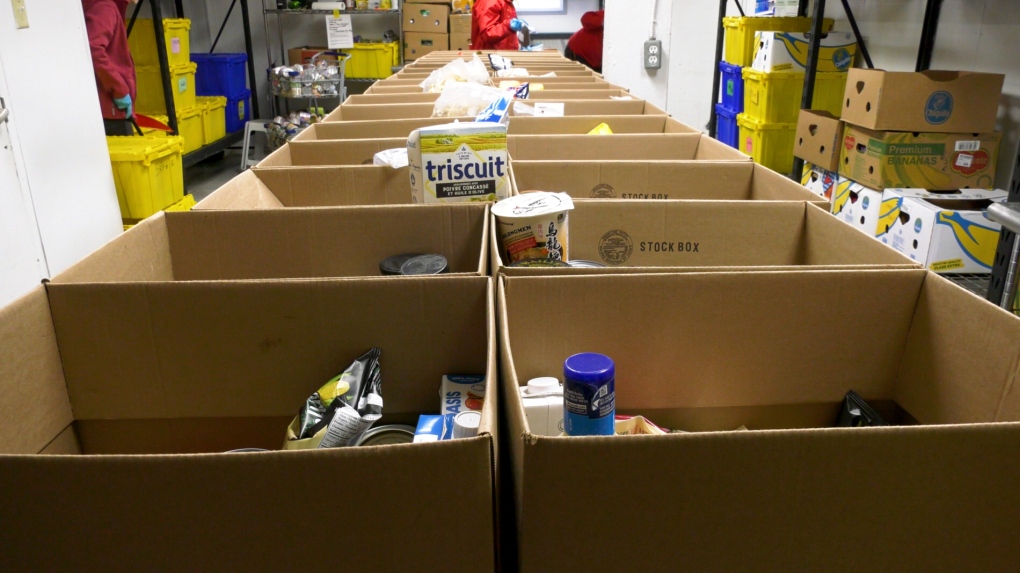Halifax's Parker Street Food & Furniture Bank is busier than ever.
Since January, the company has added about 1,000 new customers.
“Many of the new enrollments we receive are people who are working, they have jobs, but they're having a really hard time making ends meet,” said Dennis Daly, executive director of Parker Street Food & Furniture Bank.
According to Feed Nova Scotia, about 22 per cent of people seeking assistance have full-time employment, the highest figure ever.
A new survey by CTV News Nanos Research reveals that nearly one in five Canadians have used a food bank in the past 12 months or know someone who has.
The numbers are even higher in Atlantic Canada, where almost a quarter of respondents said they or someone they know has used a food bank.
“I think those numbers are underestimates. First of all, it takes a lot of courage,” said Nick Jennaly, executive director of Feed Nova Scotia. “Secondly, it takes a lot of faith to walk through the doors of a family support centre, a food bank or a shelter.”
Feed Nova Scotia has helped record numbers of people since 2022. In 2023, they saw a 27 per cent increase, and so far, 2024 is on track to set a new record.
“The other factor that really concerns me is that about 15 percent of the people seeking support are first-time customers, they've never done anything like this before in their lives,” Jennaly said.
Something similar is happening at Parker Street Food & Furniture Bank.
“We often have everyone working on board, especially when we get a lot of supplies at once,” food program coordinator Jeff Brooks said. “The supplies that arrive are usually shipped out within a couple of days.”
Volunteers work hard to ensure that no one goes home empty-handed.
“The percentage of clients that come to help us is much higher than the percentage of donors that come, so we have to recalculate and make ends meet because we don't want people to leave without receiving a food box,” Dailey said.
According to the Nanos survey, about a third of respondents said food prices had risen because grocers had increased prices to boost their profits, while 21% blamed rising fuel costs and 13% blamed food manufacturers.



